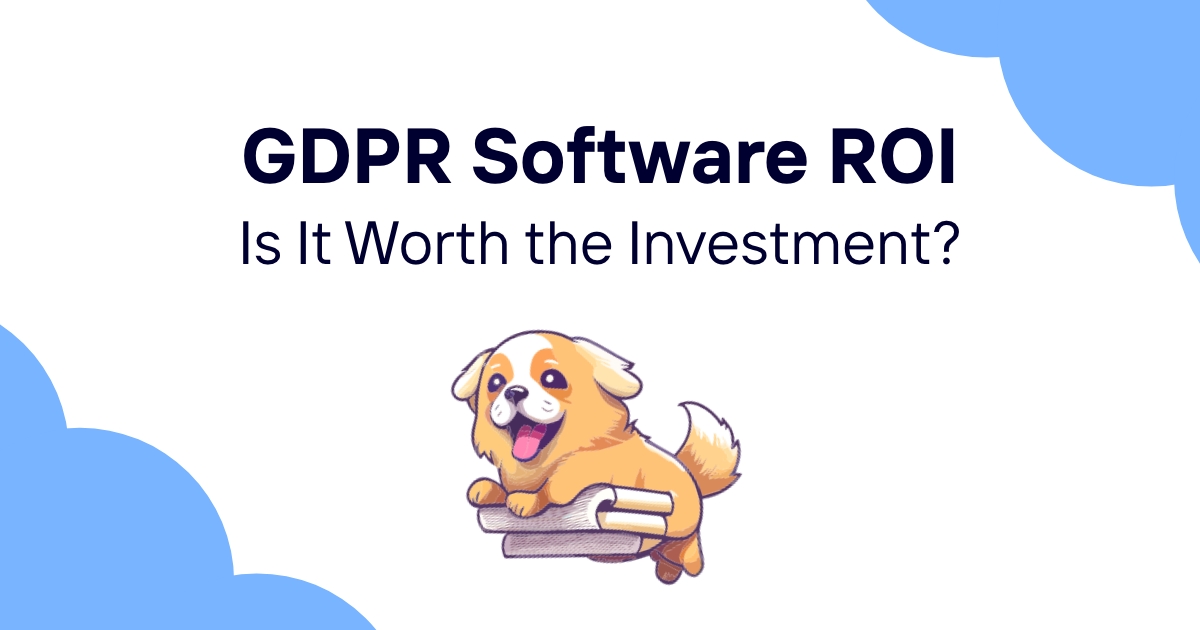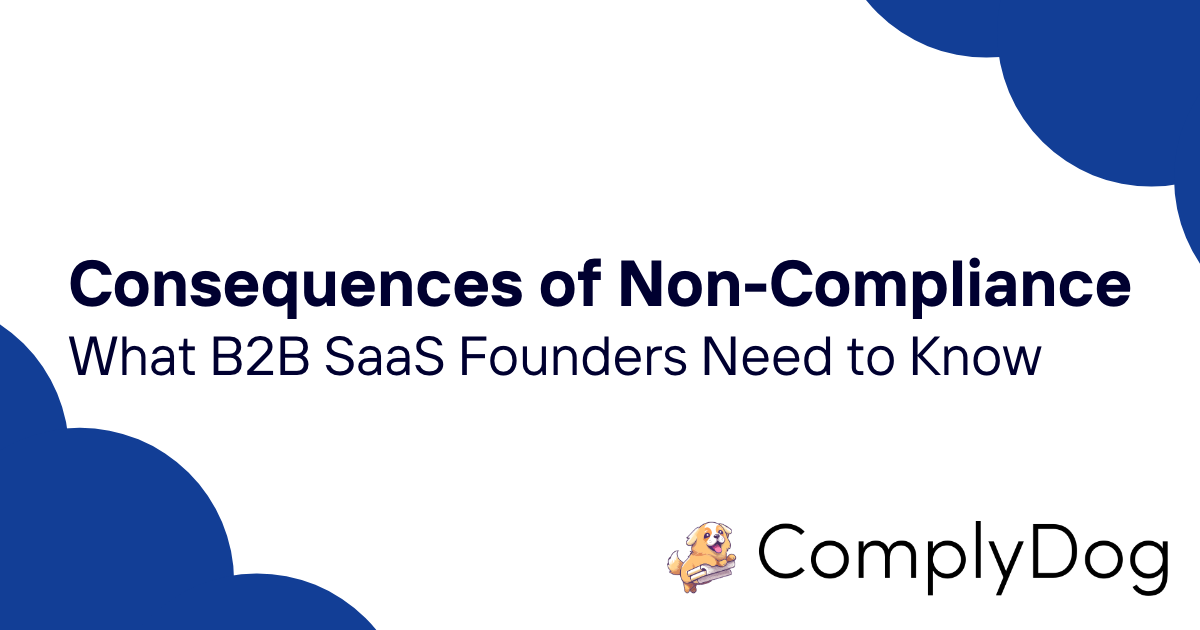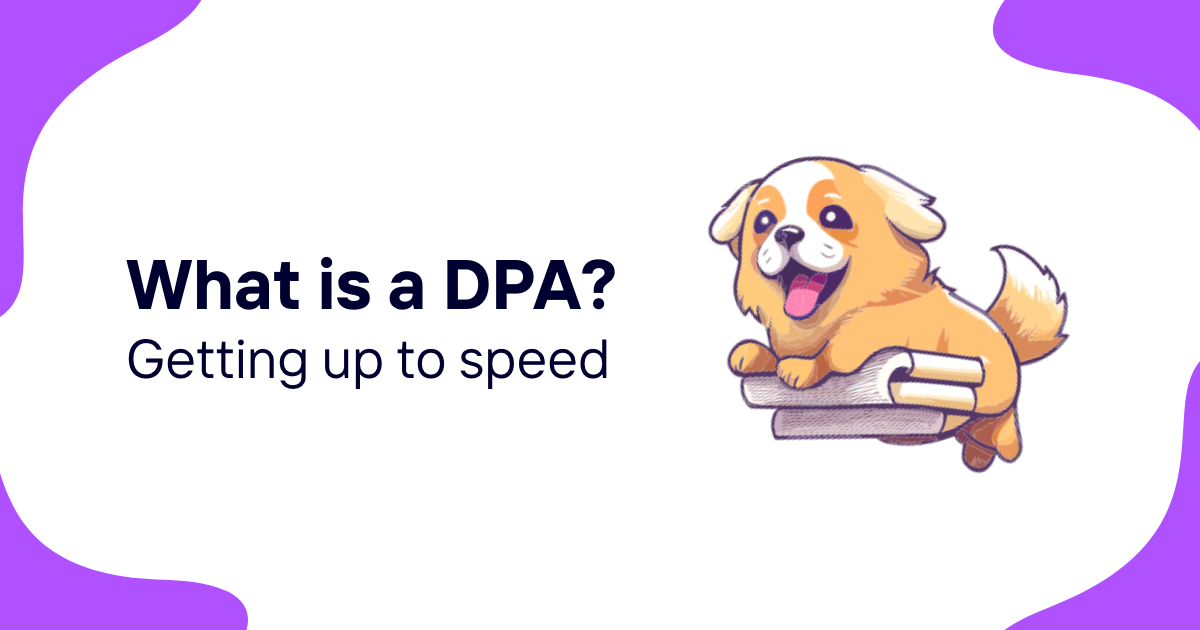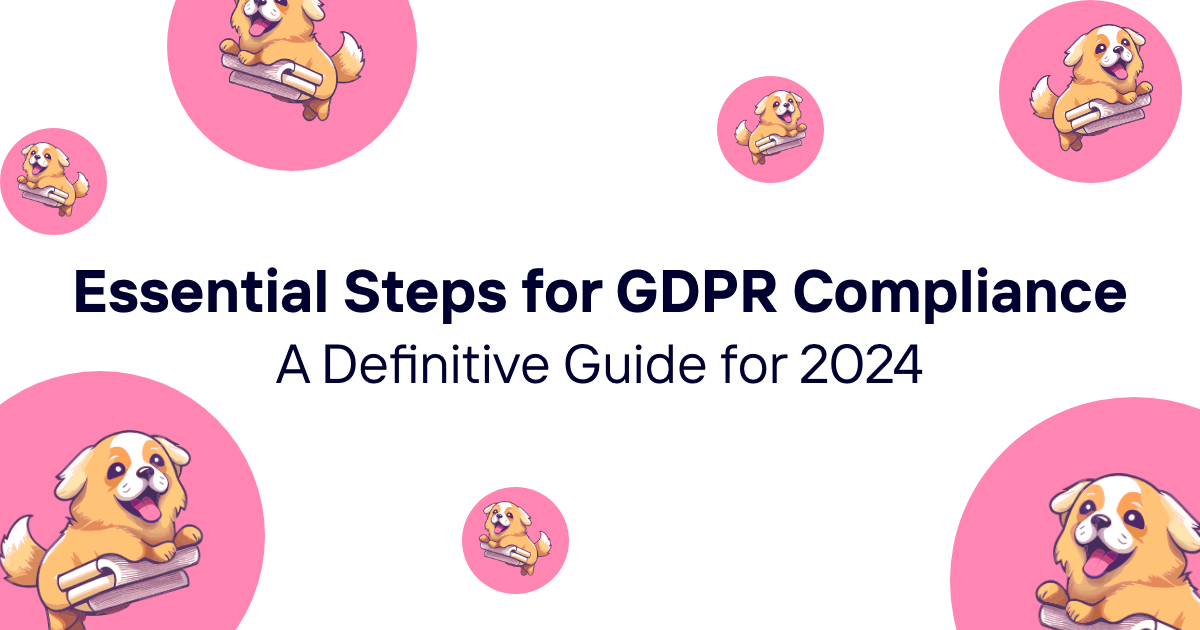Introduction
The General Data Protection Regulation (GDPR) has significantly reshaped the landscape of data privacy and protection since its implementation in 2018. As businesses continue to navigate the complexities of data handling in an increasingly digital world, understanding and adhering to GDPR guidelines has become more critical than ever. This article delves into the essential strategies and practices that businesses need to adopt to ensure GDPR compliance in 2024 and beyond.
GDPR compliance is not just about avoiding hefty fines; it's about building trust with customers, protecting sensitive information, and fostering a culture of data responsibility within organizations. As data breaches and privacy concerns continue to make headlines, companies that prioritize GDPR compliance gain a competitive edge and demonstrate their commitment to safeguarding personal data.
In this comprehensive guide, we'll explore the key components of GDPR, provide actionable steps for compliance, and discuss how businesses can leverage technology to streamline their GDPR compliance efforts. Whether you're a small startup or a large corporation, this article will equip you with the knowledge and tools necessary to navigate the intricate world of data protection regulations.
Table of Contents
- Understanding GDPR: Core Principles and Key Concepts
- Assessing Your Current Data Practices
- Implementing Data Protection by Design and Default
- Managing Consent and Data Subject Rights
- Data Breach Prevention and Response
- The Role of Data Protection Officers
- Cross-Border Data Transfers
- GDPR Compliance for Different Business Sectors
- Leveraging Technology for GDPR Compliance
- Staying Updated with GDPR Changes and Interpretations
- Conclusion: Building a Culture of Data Protection
Understanding GDPR: Core Principles and Key Concepts
At its core, the GDPR is built on several fundamental principles that guide how organizations should handle personal data. These principles include:
- Lawfulness, fairness, and transparency
- Purpose limitation
- Data minimization
- Accuracy
- Storage limitation
- Integrity and confidentiality
- Accountability
Understanding these principles is crucial for any organization aiming to achieve GDPR compliance. They form the foundation upon which all data processing activities should be based.
Key concepts that businesses need to grasp include:
- Personal data: Any information relating to an identified or identifiable natural person
- Data subject: The individual to whom personal data relates
- Data controller: The entity that determines the purposes and means of processing personal data
- Data processor: The entity that processes personal data on behalf of the controller
It's important to note that the GDPR's scope extends beyond the European Union. It applies to any organization that processes the personal data of EU residents, regardless of where the organization is located.
Assessing Your Current Data Practices
The first step in achieving GDPR compliance is to conduct a thorough assessment of your current data practices. This involves:
-
Data mapping: Create a comprehensive inventory of all personal data your organization collects, processes, and stores. This should include details on data types, sources, purposes, and retention periods.
-
Gap analysis: Compare your current practices against GDPR requirements to identify areas that need improvement.
-
Risk assessment: Evaluate the potential risks associated with your data processing activities and implement appropriate safeguards.
-
Privacy impact assessments (PIAs): Conduct PIAs for high-risk processing activities to identify and mitigate potential privacy risks.
By thoroughly assessing your current practices, you can create a roadmap for GDPR compliance and prioritize areas that require immediate attention.
Implementing Data Protection by Design and Default
Article 25 of the GDPR mandates that organizations implement data protection by design and by default. This concept encourages businesses to consider privacy and data protection from the outset of any project or process.
Key steps to implement this principle include:
- Integrating privacy considerations into the design phase of new products, services, or processes
- Implementing strong data security measures, such as encryption and access controls
- Minimizing data collection to only what is necessary for the specific purpose
- Ensuring that privacy-friendly settings are the default option for users
- Regularly reviewing and updating privacy measures to address new risks or technologies
By adopting a proactive approach to data protection, organizations can build trust with their customers and reduce the risk of non-compliance.
Managing Consent and Data Subject Rights
One of the cornerstones of GDPR is the emphasis on individual rights and consent. Organizations must ensure that they have a lawful basis for processing personal data, with consent being one of the possible grounds.
When relying on consent, businesses must ensure that it is:
- Freely given
- Specific
- Informed
- Unambiguous
- Easy to withdraw
Additionally, organizations must be prepared to handle data subject rights requests, including:
- Right to access
- Right to rectification
- Right to erasure (right to be forgotten)
- Right to restrict processing
- Right to data portability
- Right to object
Implementing clear processes and technologies to manage these rights efficiently is crucial for GDPR compliance.
Data Breach Prevention and Response
Data breaches can have severe consequences, both in terms of GDPR fines and reputational damage. Organizations must take proactive steps to prevent breaches and have a robust response plan in place.
Key elements of an effective data breach prevention and response strategy include:
- Implementing strong security measures, such as firewalls, encryption, and access controls
- Regularly updating and patching systems to address vulnerabilities
- Conducting regular security audits and penetration testing
- Training employees on data security best practices
- Developing and testing an incident response plan
- Establishing clear communication protocols for notifying authorities and affected individuals
Remember that under GDPR, organizations must report certain types of data breaches to the relevant supervisory authority within 72 hours of becoming aware of the breach.
The Role of Data Protection Officers
For many organizations, appointing a Data Protection Officer (DPO) is a mandatory requirement under GDPR. Even for those not legally required to have a DPO, designating someone to oversee data protection compliance can be beneficial.
The responsibilities of a DPO include:
- Monitoring compliance with GDPR and other data protection laws
- Advising on data protection impact assessments
- Acting as a point of contact for data subjects and supervisory authorities
- Providing guidance on data protection matters to the organization
When appointing a DPO, ensure they have the necessary expertise and are given the resources and independence to carry out their role effectively.
Cross-Border Data Transfers
In an increasingly globalized business environment, many organizations need to transfer personal data across borders. GDPR places restrictions on transfers of personal data outside the European Economic Area (EEA) to ensure that the level of protection guaranteed by the regulation is not undermined.
To comply with GDPR when transferring data internationally, organizations can:
- Rely on adequacy decisions issued by the European Commission
- Use standard contractual clauses (SCCs) approved by the European Commission
- Implement binding corporate rules for intra-group transfers
- Obtain explicit consent from data subjects for the transfer (in limited circumstances)
It's crucial to stay informed about developments in this area, as legal challenges and changes in international agreements can impact the validity of certain transfer mechanisms.
GDPR Compliance for Different Business Sectors
While GDPR applies broadly across industries, certain sectors face unique challenges and may need to take additional steps to ensure compliance. Here's a brief overview of GDPR considerations for different business sectors:
E-commerce and Retail
- Implement clear and transparent privacy policies
- Obtain proper consent for marketing communications
- Ensure secure handling of payment information
- Manage customer data rights efficiently
Healthcare and Life Sciences
- Implement strict access controls for sensitive health data
- Ensure compliance with both GDPR and sector-specific regulations (e.g., HIPAA)
- Handle special categories of personal data with extra care
Financial Services
- Implement robust security measures to protect financial data
- Ensure compliance with both GDPR and financial regulations
- Manage data retention periods carefully
Technology and Software
- Implement privacy by design in product development
- Manage data processor relationships carefully
- Address challenges related to emerging technologies (e.g., AI, IoT)
Education
- Handle student data with particular care
- Obtain appropriate consent for data processing activities
- Manage data sharing with third parties carefully
Regardless of the sector, organizations should conduct a thorough analysis of their specific data processing activities and tailor their compliance efforts accordingly.
Leveraging Technology for GDPR Compliance
Technology plays a crucial role in helping organizations achieve and maintain GDPR compliance. Here are some ways technology can support compliance efforts:
-
Data discovery and mapping tools: Automate the process of identifying and categorizing personal data across your systems.
-
Consent management platforms: Streamline the process of obtaining, recording, and managing user consent.
-
Data subject rights management tools: Automate the handling of data subject requests, ensuring timely and accurate responses.
-
Encryption and access control solutions: Protect personal data from unauthorized access and breaches.
-
Data loss prevention (DLP) tools: Monitor and prevent unauthorized data transfers.
-
Privacy impact assessment software: Streamline the process of conducting and documenting PIAs.
-
GDPR compliance management platforms: Provide a centralized system for managing various aspects of GDPR compliance.
While technology can greatly facilitate compliance efforts, it's important to remember that it should be part of a broader strategy that includes appropriate policies, procedures, and employee training.
Staying Updated with GDPR Changes and Interpretations
GDPR compliance is not a one-time effort but an ongoing process. The regulatory landscape continues to evolve, with new guidance, court decisions, and interpretations emerging regularly. To stay compliant, organizations must:
- Monitor updates from data protection authorities and the European Data Protection Board
- Stay informed about relevant court cases and their implications
- Regularly review and update privacy policies and practices
- Participate in industry forums and discussions on GDPR compliance
- Consider engaging legal experts or consultants to provide ongoing guidance
By staying proactive and adaptable, organizations can ensure that their GDPR compliance efforts remain effective and up-to-date.
Conclusion: Building a Culture of Data Protection
Achieving and maintaining GDPR compliance requires more than just implementing technical solutions or following a checklist. It necessitates building a culture of data protection throughout the organization. This involves:
- Fostering awareness and understanding of data protection principles among all employees
- Integrating privacy considerations into business processes and decision-making
- Encouraging open communication about data protection issues
- Regularly reviewing and improving data protection practices
By embracing GDPR compliance as an opportunity to strengthen data protection practices and build trust with customers, organizations can turn regulatory requirements into a competitive advantage.
For businesses looking to streamline their GDPR compliance efforts, leveraging specialized software solutions can be highly beneficial. Platforms like ComplyDog offer comprehensive tools designed specifically for software businesses to achieve and maintain GDPR compliance efficiently. By automating many aspects of compliance management, from data mapping to handling data subject requests, such tools can significantly reduce the time and resources required for GDPR compliance. This allows organizations to focus on their core business activities while ensuring they meet their data protection obligations.
Remember, GDPR compliance is an ongoing journey. By staying informed, leveraging appropriate technologies, and fostering a culture of data protection, businesses can navigate the complex landscape of data privacy regulations with confidence and integrity.


















